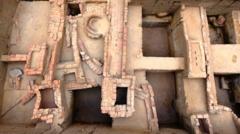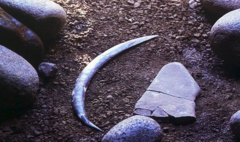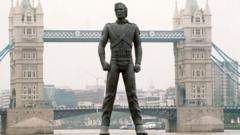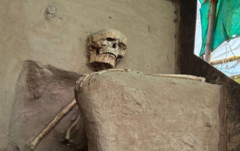Rakhaldas Banerjee, a famed yet forgotten Indian archaeologist, remains undiscovered in the narrative of India’s rich historical contributions despite making groundbreaking discoveries. In the early 20th century, while working for the Archaeological Survey of India (ASI) during British colonial rule, he unearthed the ancient site of Mohenjo-daro, situated in today’s Pakistan and recognized as the largest city of the Indus Valley Civilization—an urban marvel of the Bronze Age.
Banerjee’s exceptional skills as an archaeologist and epigraphist facilitated his explorations across India's vast landscapes, yet his legacy is burdened by controversies and internal disputes within British-era institutions. His critical reports on Mohenjo-daro, pivotal in establishing its significance, were unceremoniously buried within the ASI, leading to the overshadowing of his contributions by contemporaries such as John Marshall, then ASI chief. Scholars, including historian Nayanjot Lahiri, recognize that Banerjee's abrasive personality and conflicts with colonial authorities complicated his career, resulting in strained relationships and scrutiny from peers.
Born in 1885 in a wealthy Bengal family, Banerjee developed an insatiable curiosity for historical artifacts during his youth. His ascent within the ASI from a humble excavation assistant to a superintending archaeologist showcased his academic prowess, culminating in his discovery of Mohenjo-daro in 1919 and a series of excavations that peeled back layers of urban history spanning over 5,000 years.
His work linked the ruins of Mohenjo-daro to the broader Indus Civilization, yet financial mismanagement, extravagant expenditures, and allegations of theft later led to his dismissal from the ASI. A subsequent short-lived career as a professor ended with his untimely death in 1930, just two years after joining the prestigious Banaras Hindu University.
Today, historians strive to resurrect the memory of Banerjee, advocating for his rightful place in the pantheon of archaeological greatness, despite the shadows of personal indiscretions that have marred his reputation. His journey embodies the challenges faced by early archaeologists navigating a colonial landscape, rendering his accomplishments both remarkable and tragically overlooked.




















